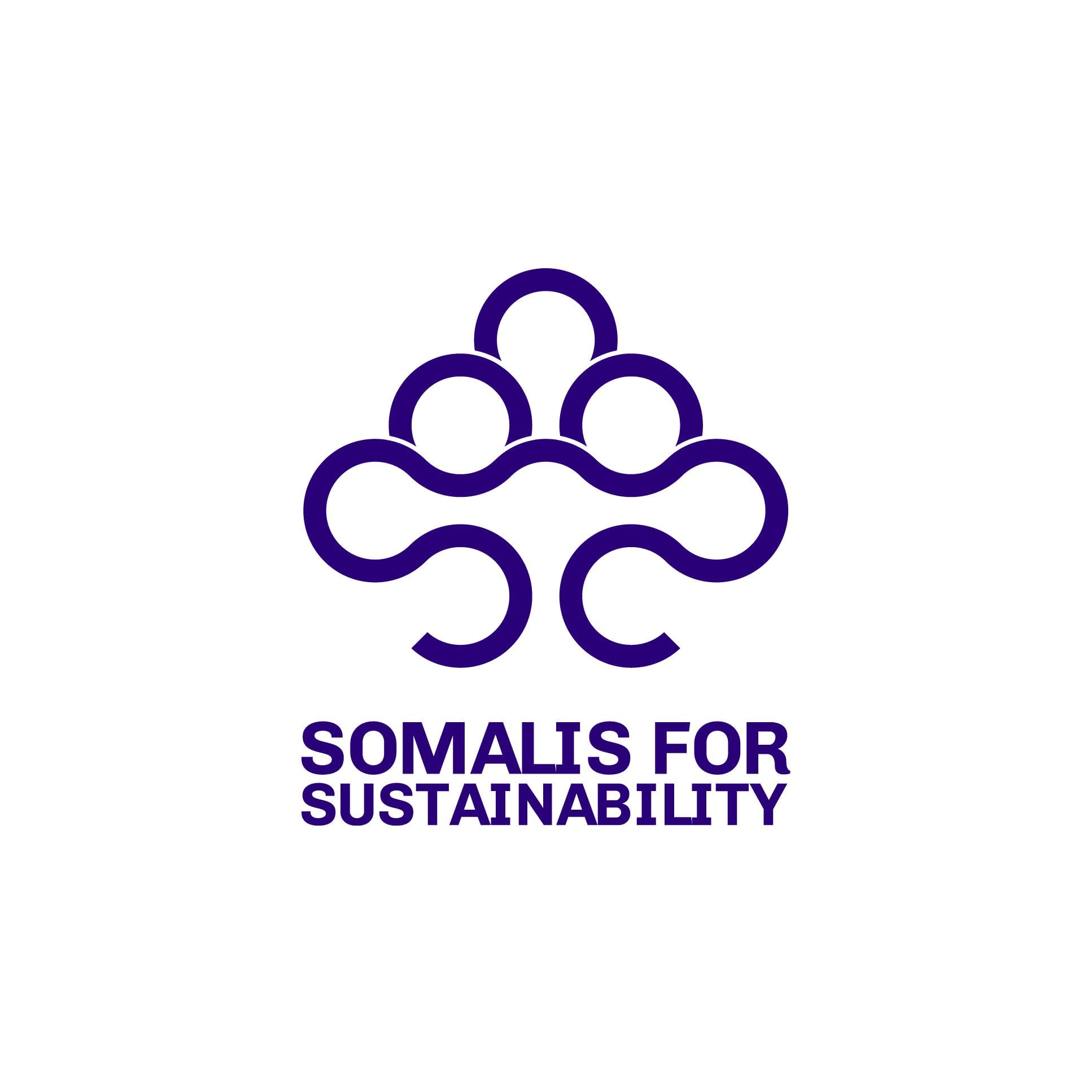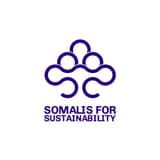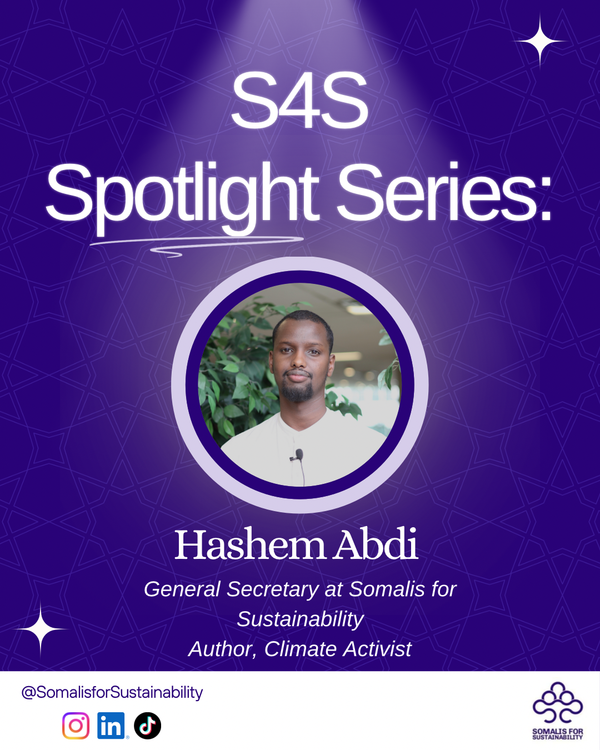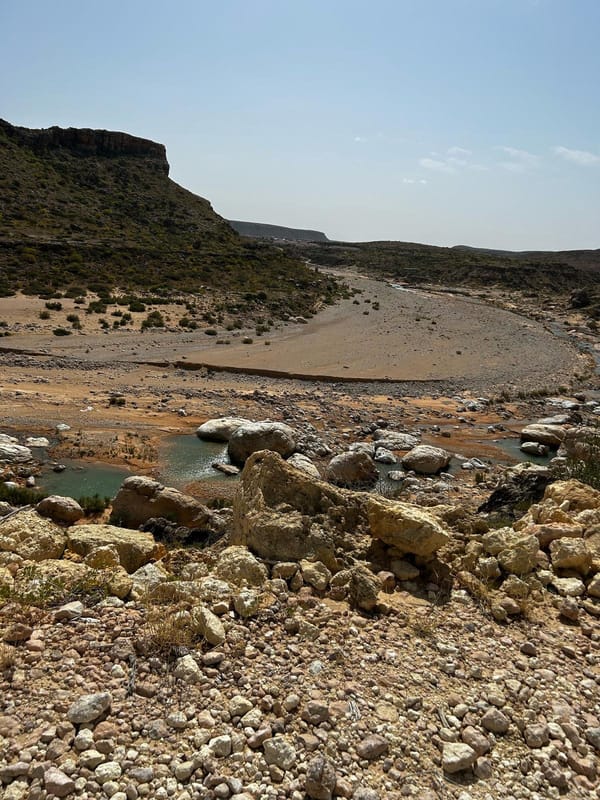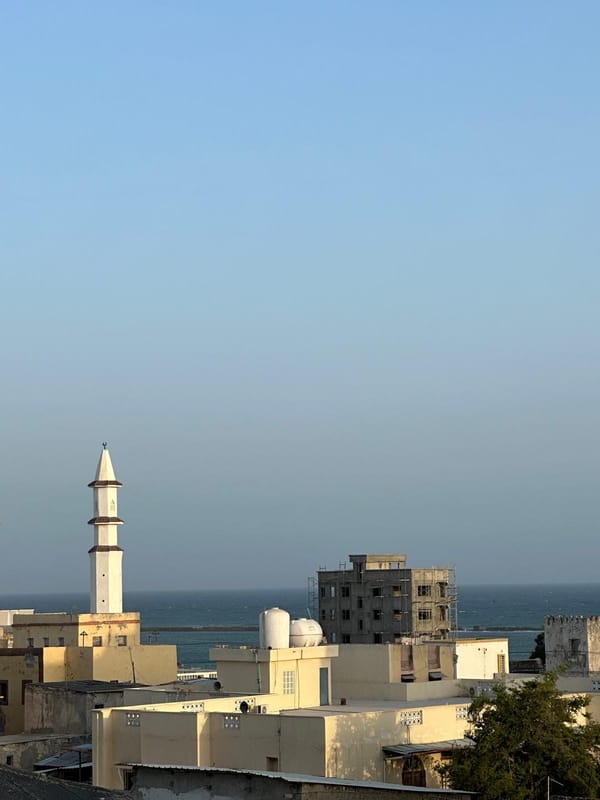Maydi Newsletter: July 2025

Hi everyone!
Welcome to this month’s edition of the Maydi Newsletter
In this issue, we’re recapping the third edition of our webinar series and sharing highlights from our recent event in Toronto, Canada. We’ve also got a few tickets left for our upcoming event with TfL. Scroll to the end for the sign-up link!
Oh, and of course, we’ve included our usual Word of the Month to help you learn Somali. (Hope you’ve been keeping a little glossary 👀)
Until then, thank you — as always — for reading!
S4S News 🗣
How can technology be deployed to help communities better prepare for the impacts of climate change?
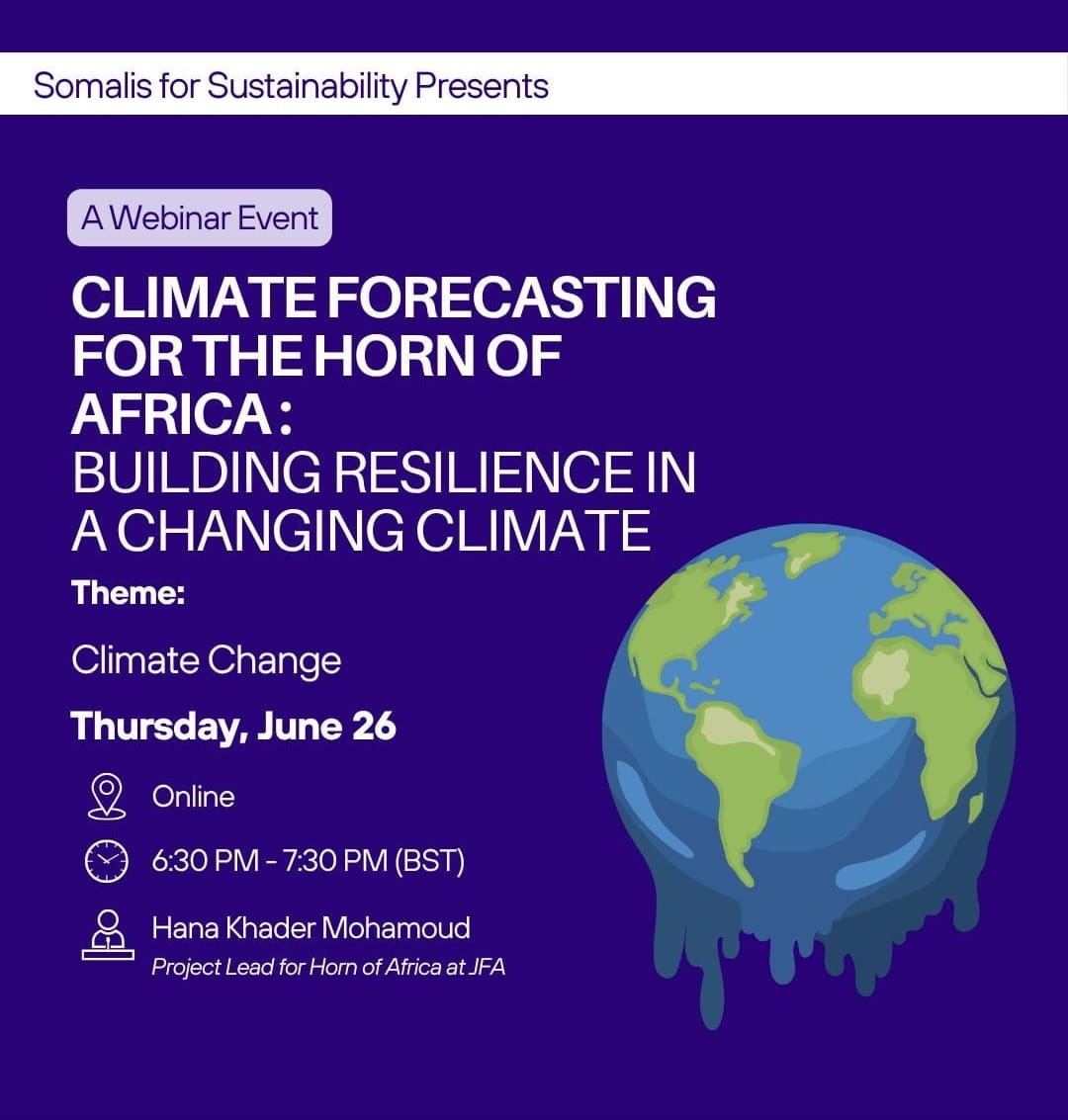
On the 26th June, Somalis for Sustainability (S4S) hosted the third edition of its webinar series, titled “Climate Forecasting for the Horn of Africa: Building Resilience in a Changing Climate.” The event featured guest speakers Hana Mahmoud and James Firebrace from James Firebrace Associates (JFA).
The session aimed to demystify what climate forecasting is and how it can be a vital tool in helping communities across the Horn of Africa prepare for and mitigate the impacts of climate change, a phenomenon the region has been experiencing with increasing severity over recent decades. The discussion also explored critical gaps in current forecasting systems and how these might evolve in the future.
Hana kicked off the session by breaking down the different types or "generations" of climate forecasts:
To illustrate these, she introduced a useful chart that compares lead time (how far in advance the forecast is made) along the X-axis and geographic scale (how wide an area it covers) on the Y-axis. The size of the circles in the chart represents the duration of the forecast, while the shading indicates uncertainty highlighting how longer-term forecasts often come with greater unpredictability.
The gap between Gen 1 and Gen 2 forecasting reveals a clear need for Generation 3 forecasts. These would offer sub-regional insights (e.g. within specific zones or districts), with enough lead time (1–3 months) to enable actionable responses without the broad generalisation of seasonal models.
Hana shared a timely and powerful case study from Nugaal, which experienced extreme rainfall and deadly flash flooding during this year’s April–June rainy season. The floods affected over 84,000 people and caused major livestock losses, disproportionately impacting pastoralist communities.
Why did this happen?
- Gen 1 alerts (days ahead) came too late for people to adjust or relocate.
- Gen 2 seasonal forecasts lacked the local precision needed to predict such a localised, intense event.
A Gen 3 system, with its 1–3 month lead time and sub-regional focus, could have triggered earlier, more precise alerts allowing communities to protect their livestock, reinforce infrastructure, and avoid disaster zones.
The webinar then moved into a comparison between traditional weather forecasting methods and newer AI-based models. In traditional forecasting:
- Observations come from satellites, buoys, radars, and weather stations.
- These measurements are assimilated with model data.
- Numerical Weather Prediction (NWP) uses physics-based simulations to model the atmosphere and produce forecasts.
By contrast, Numerical AI Weather Modules reduce the need for continuous, costly observations by relying on historical data. These systems are trained to recognise weather patterns and generate forecasts based on machine learning. While already in use for Gen 1 forecasting, there is growing interest in adapting AI to support Gen 3 forecasts, particularly by drawing from global climate models that better represent local impacts across the Horn of Africa.
Hana concluded the session by reflecting on the spiritual dimension of climate forecasting. She reminded attendees that, while scientific tools and technological models can aid preparedness and resilience, they are not infallible. Ultimately, the forces of nature remain in the hands of Allah. These tools, she noted, are not about controlling the uncontrollable, but about equipping communities with the foresight to respond and adapt.
You can watch the recording of the webinar in the link above.
S4S returns to Canada with an event focused on Conscious Consumerism and Ethical Consumption 🇨🇦
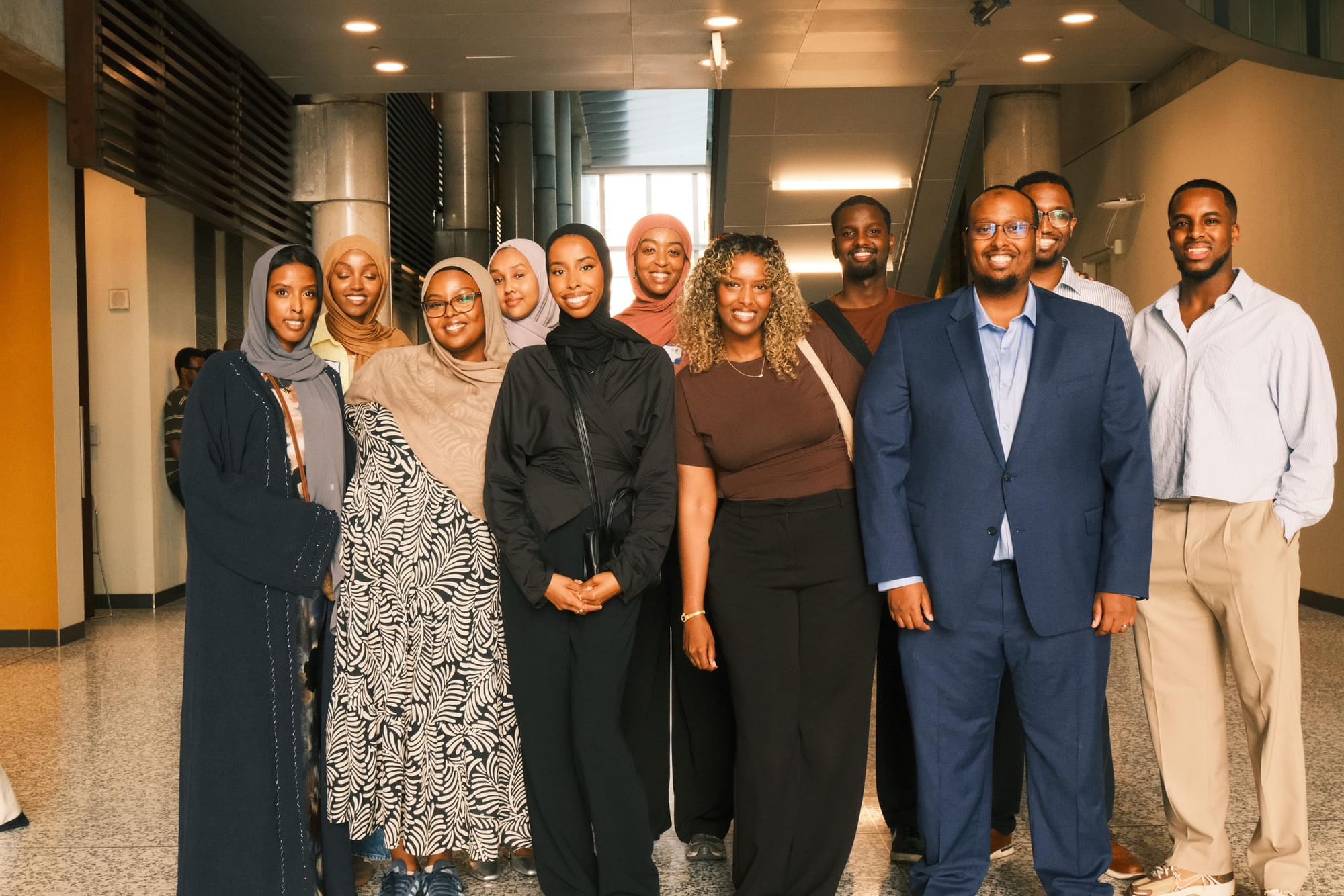
On July 5, Somalis for Sustainability (S4S) hosted its second event in Toronto, focused on conscious consumerism, ethical consumption, and sustainability across industries. Organised in collaboration with Somali Professionals and the Somali Student Association(SSA) at the University of Toronto, the event brought together Somali students, professionals, and community members to explore how sustainability can be meaningfully integrated into everyday decision-making.
The afternoon featured an interactive strategy lab where attendees were placed into small groups to discuss a set of outlined questions focused on sustainability from both personal and industry perspectives. These discussions encouraged participants to reflect deeply on the themes, laying the foundation for the panel that followed and allowing for a thoughtful transition into sector-specific dialogue.
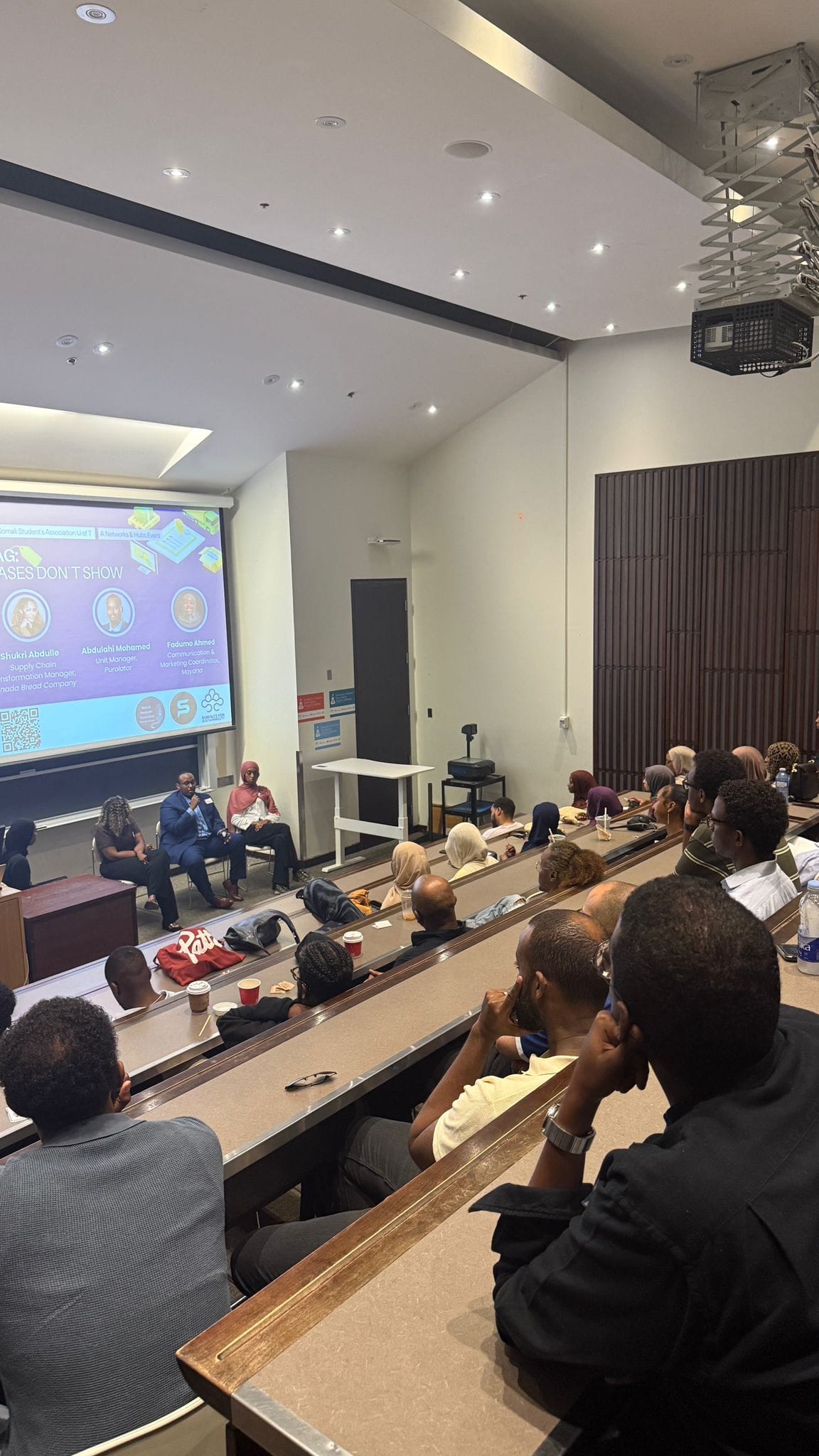
Panellists working in fashion, logistics, and food shared their experiences in supply chain management and spoke to the varying pace of sustainability progress across their fields. Fashion was highlighted as a space of growing innovation, but concerns around greenwashing raised important questions about accountability. The food and courier sectors were noted as facing more structural challenges, yet the potential for impactful change remains.
What grounded the event was a collective interest in advancing sustainability not as a trend, but as a long-term commitment rooted in justice, transparency, and cultural relevance. The day concluded with a call for Somali youth and professionals to lead in building sustainable futures within their industries and communities.
This event reflected the heart of S4S’s mission: creating space for critical dialogue, connection, and action on sustainability from a Somali perspective.
Word of the Month: Xoola (How-laa) Livestock
The livestock sector is the backbone of Somaliland’s economy, contributing over 60% of its GDP and employing the majority of the population, particularly in rural areas. The livestock exports, mainly sheep, goats, camel and cattle, are major sources of foreign exchange, with key markets in the Gulf States. The sector supports food security, livelihoods, and cultural identity, whilst playing a central role in climate resilience, as pastoralism allows flexible use of arid and semi-arid lands that make up the region. Although recurring draughts, land degradation and limited veterinary services pose ongoing threats to its sustainability. Strengthening livestock health systems, improving rangeland management and supporting climate-adaptive practices are crucial for the sector’s long-term economic and environmental viability.
Upcoming events/News
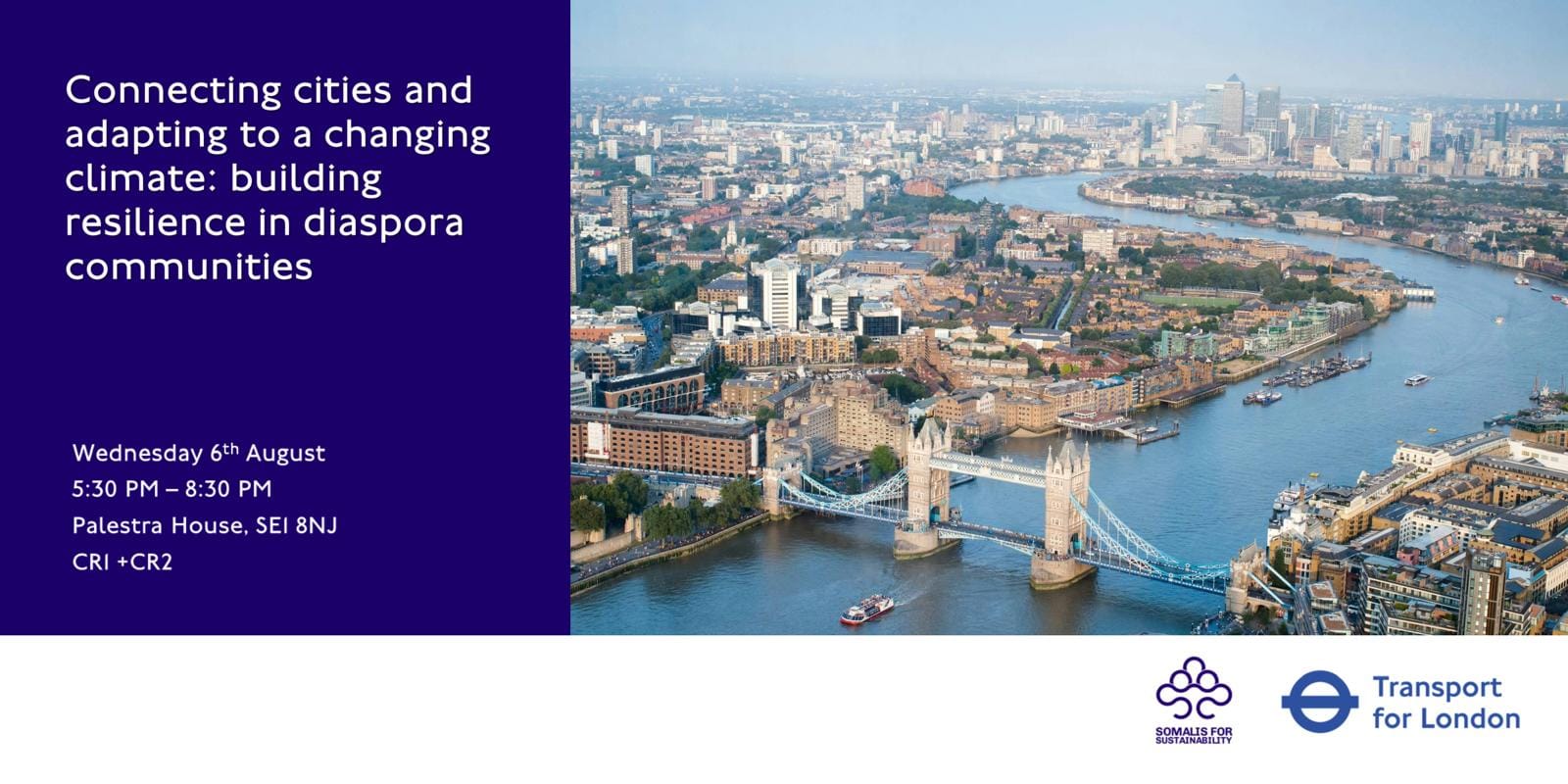
🌍 Join us for a workshop with TfL on how the climate crisis is impacting diaspora and ethnic minority communities — and how we can build resilient, low-carbon cities for all.
📅 Wednesday, August 6 @ 5:30PM
📍 Palestra House, London
🔗 Registration link: [Sign up here]
⚠️ Only a few tickets left — register soon to secure your spot
Summer Climate Debate and BBQ event
We’ve got another event cooking for August — stay tuned on our socials for the drop!
📅 Saturday, August 23rd
Did you miss our second webinar?
Catch up on our 'Unlocking Climate Solutions: Carbon Credits and Investment Opportunities', featuring insights from Hugh Salway from the Gold Standard, in the video below. This session was inspired by the outcomes of COP29, known as the "climate finance COP".
